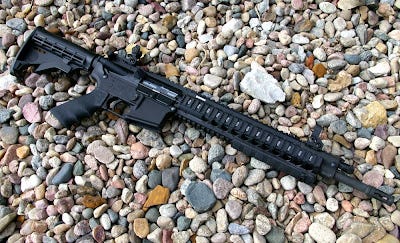Ruger SR-556C AR15 Rifle Review
Ruger SR-556C AR15 Rifle Review

Historically Ruger has built outstanding durable and extremely high quality firearms with innovative features all for a reasonable price. Over the years we have seen truly unique designs which have become industry standards such as the GP100, 10/22, Mark III, and New Model Blackhawk which all have put the unique Ruger spin…
Keep reading with a 7-day free trial
Subscribe to Major Pandemic - MajorPandemic.com to keep reading this post and get 7 days of free access to the full post archives.


